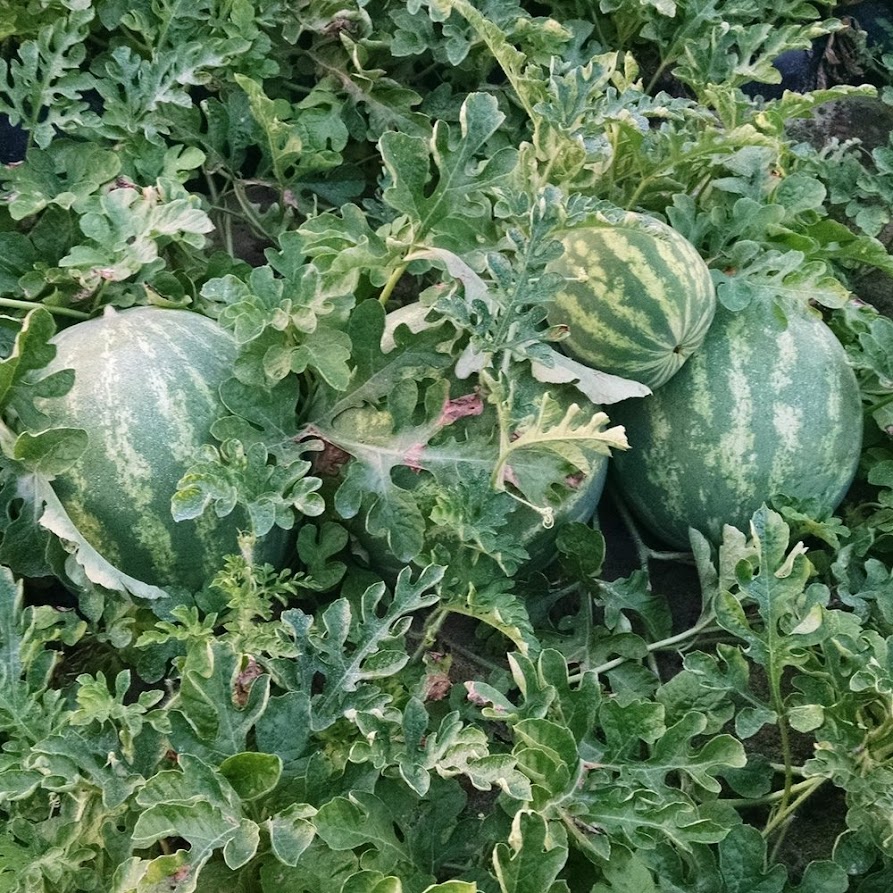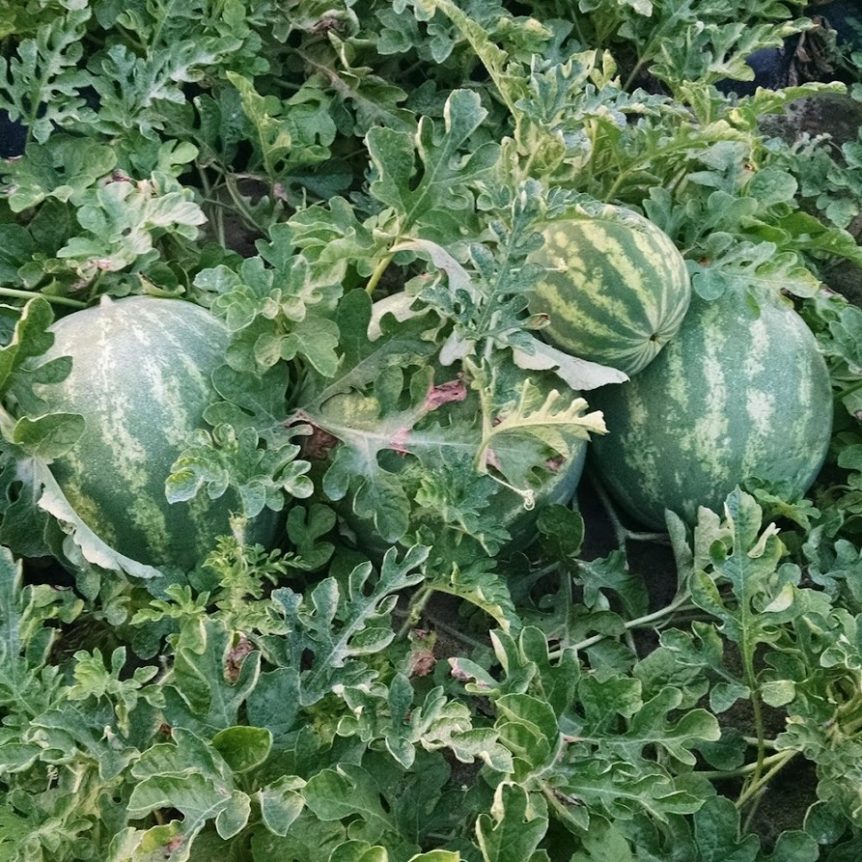
By Clint Thompson
Research is at the heart of crop sustainability in Florida’s watermelon industry. If producers are to continue thrive with production, they require research assistance with focuses on pest and disease management.
The Florida Watermelon Association (FWA) highlighted some of those key points during the Suwanee Valley Watermelon Institute meeting on Nov. 30 in Fanning Springs, Florida.
Laura Land, FWA Research Committee chairman, discussed two issues that need immediate attention, starting with whiteflies.
“Whiteflies, as we all know, are detrimental to all of our businesses. No one solution can ever be expected for most of these problems. All we can do keep trying multiple solutions on all of these research (projects),” Land said. “We’re funding some research with whiteflies. We are definitely pushing hard with this fusarium wilt issue that’s all over Florida. It’s detrimental. Not only is it damaging to our yields, but it’s damaging to our Ag lands.
“Once you have fusarium there, you’re not going to go back with watermelons without some better progress than we have currently on fusarium. These are some of our initiatives for the year.”
According to the University of Florida Institute of Food and Agricultural Sciences, fusarium wilt in watermelon is one of the most challenging diseases to manage and occurs in most production regions throughout the world. The fungus can be seedborne and has great longevity in the soil, allowing infested soil to also serve as a source of infection.
Downy mildew disease is another point of emphasis for NWA in its research funding.
“We also have a smaller initiative dealing with downy mildew, mostly the early detection of downy mildew. Downy is controllable, but there’s a timeline there,” Land said. “The earlier timeline in the research that Gary Vallad is doing in South Florida is very instrumental in that.”










